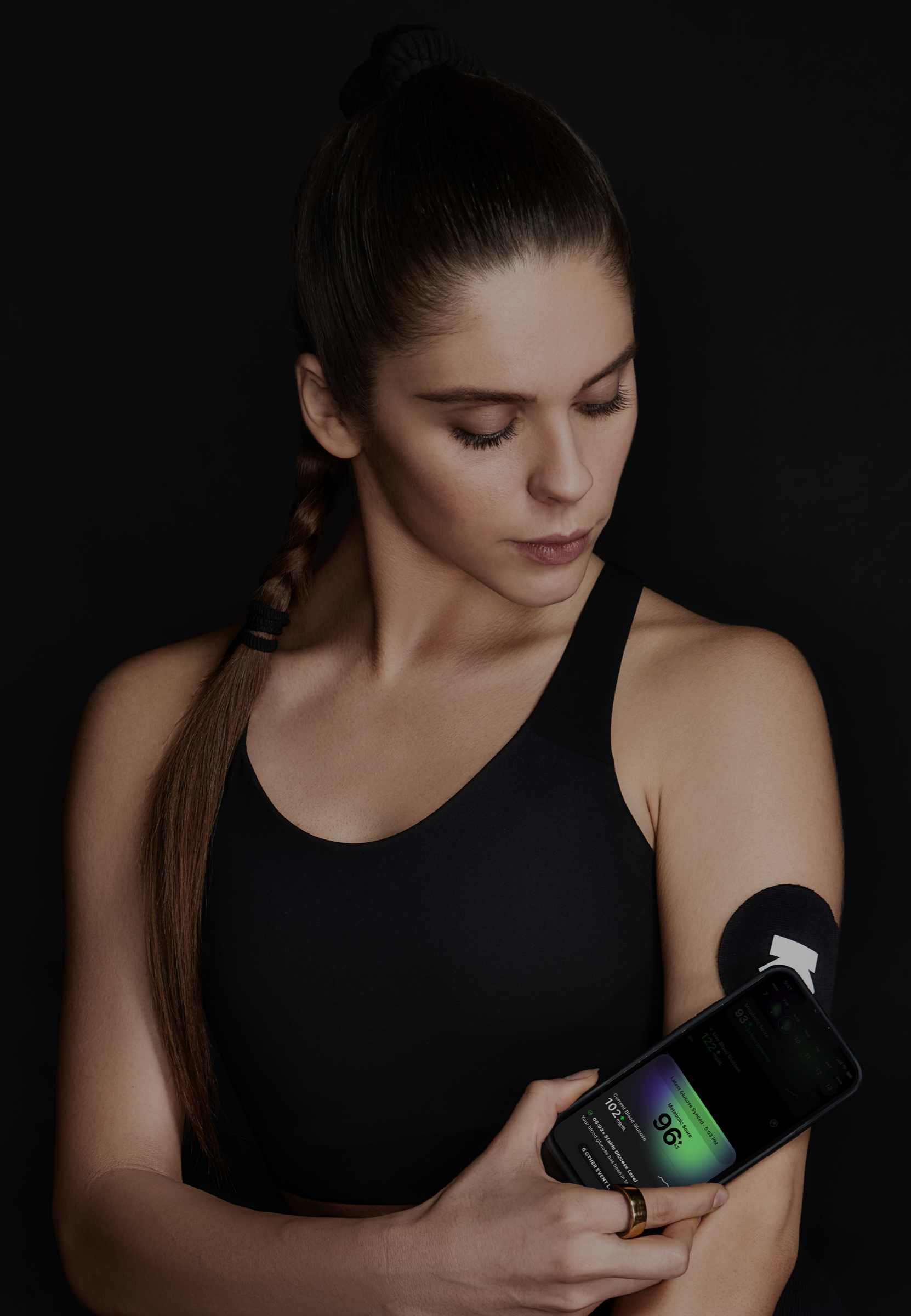
Dosa (100 G), Coconut Chutney (100 G) and Sambar (1 Oz)
Breakfast
166 mg/dL
avg. peak value
Usually causes a large spike
Avg. Food Score on Ultrahuman App
Ultrahuman Users got an UNSTABLE response
How to consume coconut chutney, dosa, sambar without glucose spikes
Portion Control
Limit the quantity of coconut chutney, dosa, and sambar you consume in one sitting. Smaller portions can help manage blood sugar levels more effectively.
Incorporate Protein and Fiber
Add a side of boiled lentils or chickpeas to your meal. These are rich in protein and fiber, which can stabilize blood sugar levels.
Choose Whole Grains
If possible, opt for dosa made with whole grains or mixed lentils instead of refined rice. This can help slow down carbohydrate absorption.
Add Leafy Greens
Include a side serving of leafy greens like spinach or kale. These can help moderate blood sugar spikes due to their high fiber content.
Stay Hydrated
Drink plenty of water before and during your meal to facilitate digestion and help regulate glucose levels.
Incorporate Healthy Fats
Add a small portion of nuts or seeds, such as almonds or chia seeds, which can help slow down the digestion process.
Engage in Light Physical Activity
Take a short walk after your meal to help your body use glucose for energy, which can aid in reducing blood sugar spikes.
Include Vinegar or Lemon
Adding a splash of vinegar or lemon juice to your meal can help in moderating the blood sugar response.
Opt for Fermented Foods
Include a small portion of fermented foods like yogurt or pickles, which can aid in digestion and potentially lower blood sugar levels.
Mindful Eating
Eat slowly and chew thoroughly. This allows your body more time to process the carbohydrates, reducing the likelihood of a spike.

Discover
metabolic
health with M1
Ultrahuman M1 helps you measure the impact of food and activity on your body in real time through glucose as a biomarker.
Explore Ultrahuman M1Find Glucose response for your favourite foods
Explore OGDbYour cart is empty
Browse through our products and find something for you.
